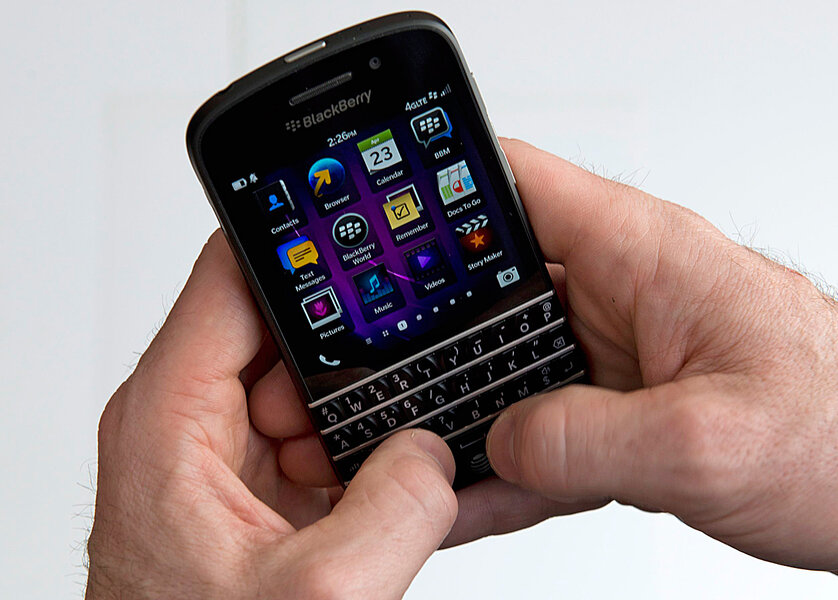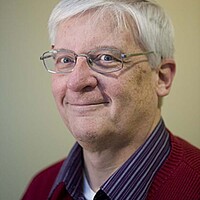Good Reads: From Chinese dreams, to the Tsarnaevs, to a QWERTY challenger
Loading...
China asks its citizens to dream
A nation confidently on its way to becoming the biggest economy in the world ought to be chasing its own special dreams. So Chinese Communist Party General Secretary Xi Jinping has taken on promoting “the Chinese dream” as his personal motto, and the Chinese character for “dream” has been declared the “character of the year” in China. But what do Chinese think about when they dream? In “Chasing the Chinese dream,” The Economist points out the term’s vagueness is both an advantage and a difficulty, a meme able to be fitted to many goals. Militarists see it as more than just an “American dream” of middle-class prosperity; it’s their dream of a powerful China preeminent on the world stage. Democratic reformers see a move toward Western-style personal and political freedoms. US Secretary of State John Kerry recently tried to lasso the term in the service of better Sino-American relations, proposing that Chinese and American dreams merge into a vision of a “Pacific Dream” that the two nations pursue together. But where it’s all headed is uncertain: When a people are allowed, even encouraged, to “dream,” the process may set off a series of unintended consequences.
How radical were the Tsarnaev brothers?
What caused Tamerlan and Dzhokhar Tsarnaev to carry out their bombing of the Boston Marathon? We may never get a definite answer. But in “The Bombers’ World,” Christian Caryl in The New York Review of Books digs for facts and theories and concludes that despite possible links to radical Islamists “there are many other details of the Tsarnaev brothers’ case that make it seem starkly unique, more of an outlier than something that can be easily slotted into a larger pattern.” Those particulars include the Chechen culture, which places a high value on family and “honor” (and put immense pressure on Tamerlan, the older brother, to succeed when at the same time he was failing). Among the unanswered questions: Why was this particular Chechen family unable to assimilate into American culture when other Chechens have?
Stopping a humanitarian disaster
The sectarian war in Bosnia in the 1990s taught American presidents two irreconcilable lessons: First, US involvement is indispensable when it comes to stopping a humanitarian disaster. Second, a US president has little to gain politically from intervening overseas and plenty to lose if it goes badly. Just ask President George W. Bush, who ignored the lessons, invaded Iraq, and suffered the consequences. In “The Thin Red Line: Inside the White House debate over Syria,” Dexter Filkins of The New Yorker paints a grim portrait of US alternatives in Syria. (“All the options are horrible,” says one former presidential adviser.) Disturbing reports indicating that the Syrian regime is using poison gas, perhaps sarin, (cautiously and selectively to not rouse world opinion) have upped the stakes. President Obama has looked tentative, perhaps for good reason – drawing a “red line” warning against the use of chemical weapons but then being vague in assessing whether they have been used or saying exactly what the US response would be. “People on the Hill ask me, ‘Why can’t we do a no-fly zone? Why can’t we do military strikes?’ ” a senior US official says. “Of course we can do these things. The issue is, where does it stop?”
A future with ‘baked in’ heat
Bryan Walsh at Time magazine is among a throng of scientists and journalists noting that the level of carbon dioxide in the world’s atmosphere is about to pass a significant threshold: 400 parts per million. Why should we care? “The last time CO2 levels were this high was likely during the Pliocene epoch, between 3.2 million and 5 million years ago,” he points out. “The Earth’s climate was warmer during the Pliocene than it is today – perhaps by 2 to 3 [degrees] C – and sea levels were much higher. It was a very different planet than the one we’ve lived on so successfully for thousands of years.” Passing 400 p.p.m. means that warming effects of rising CO2 are already “baked in” to Earth’s future for many years to come. The Keeling Curve, which has measured and documented the rise in worldwide CO2 levels over the past half century, is “a roadmap for our future,” he says, “a future that will almost certainly be hotter and wilder.”
A keyboard for fat thumbs
KALQ is an effort to redesign a keyboard for mobile devices that better arranges the pattern of letter keys for the ubiquitous two-thumb system of typing. But can any new arrangement ever replace QWERTY, the more-than-a-century-old arrangement of letter keys on, first, typewriters and now computers and even tiny phones and tablets? “Fact of Fiction? The Legend of the QWERTY Keyboard,” a post at the Design Decoded blog at Smithsonian magazine, notes that the origin of QWERTY remains “a little foggy.” The popular notion that the keys were arranged so as to not jam the mechanisms of early typewriters may not be true. A new theory suggests the arrangement was a convenience for telegraph operators, who were among the first workers to adopt touch typing. Once early typewriter companies banded together and agreed on QWERTY, and set up training courses to learn the system, the die was cast. QWERTY has become what’s known in the design world as a “path dependency,” too entrenched to be replaced even by a superior system. Other letter arrangements have been proposed over the years, most notably the Dvorak Simplified Keyboard in the 1930s, but none have typed over QWERTY. Will KALQ be the first?








